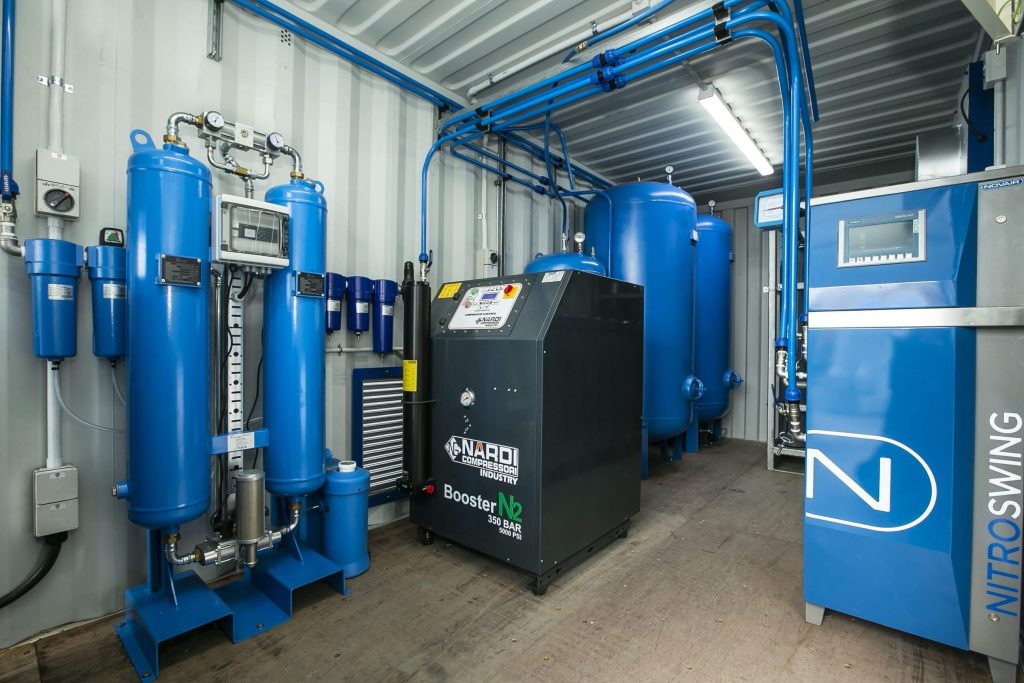Nitrogen generation technologies have become essential for a wide range of industries, from food processing to pharmaceuticals, where nitrogen is used for various purposes such as blanketing, packaging, and creating controlled atmospheres. Reliability and operational efficiency are critical factors in assessing these technologies, as industries require continuous, high-quality nitrogen production without costly downtime or maintenance. Different methods of nitrogen generation, including membrane separation, pressure swing adsorption PSA, and cryogenic distillation, each offer distinct advantages and limitations in terms of performance, cost-effectiveness, and suitability for specific applications. Membrane separation technology is one of the most common methods for nitrogen generation due to its simplicity, compact design, and lower initial investment costs. It operates by passing compressed air through a membrane, which selectively allows nitrogen to pass through while retaining oxygen and other gases. This method is highly reliable in smaller-scale applications where the required nitrogen purity is not extremely high, typically around 95-98%.

It is a low-maintenance solution, with few moving parts, which translates to fewer opportunities for breakdowns. However, membrane systems are less efficient when it comes to generating nitrogen at very high purities, and the cost of nitrogen production increases as purity requirements rise. Operational efficiency is also influenced by the membrane’s lifespan and the quality of the air being processed, as impurities can degrade performance over time. On the other hand, pressure swing adsorption PSA technology provides higher purity nitrogen, typically up to 99. 9%, and is ideal for applications where higher-grade nitrogen is required. PSA works by using adsorbent materials that selectively trap oxygen and other gases when pressurized, releasing high-purity nitrogen as the pressure is reduced. While PSA systems are generally more efficient than membrane systems in terms of nitrogen purity and production capacity, they are more complex and require regular maintenance. The reliability of PSA technology is heavily dependent on the quality of the adsorbent materials and the integrity of the valves and pressure vessels.
The efficiency of the process can be affected by factors such as temperature, pressure, and the presence of contaminants in the air, which may require more frequent maintenance or adjustments to ensure optimal performance. Cryogenic distillation is another nitrogen generation method used primarily in large-scale operations, where very high purities of nitrogen up to 99. 999% are required. This technology involves cooling air to extremely low temperatures to separate nitrogen from oxygen and other gases through their different boiling points. While cryogenic systems are highly efficient and reliable at large capacities, they are typically more costly due to the complexity of the process, the need for specialized equipment, and the energy-intensive nature of cooling the air to cryogenic temperatures. Additionally, cryogenic distillation systems require a larger physical footprint and may involve higher operational costs related to energy consumption and maintenance and click over here now https://www.industrialair.co.nz/blog/pneutech-vs-peak-vs-parker-nitrogen. However, in large-scale industrial operations, the economies of scale make this technology a preferred choice for producing large volumes of ultra-pure nitrogen consistently.
